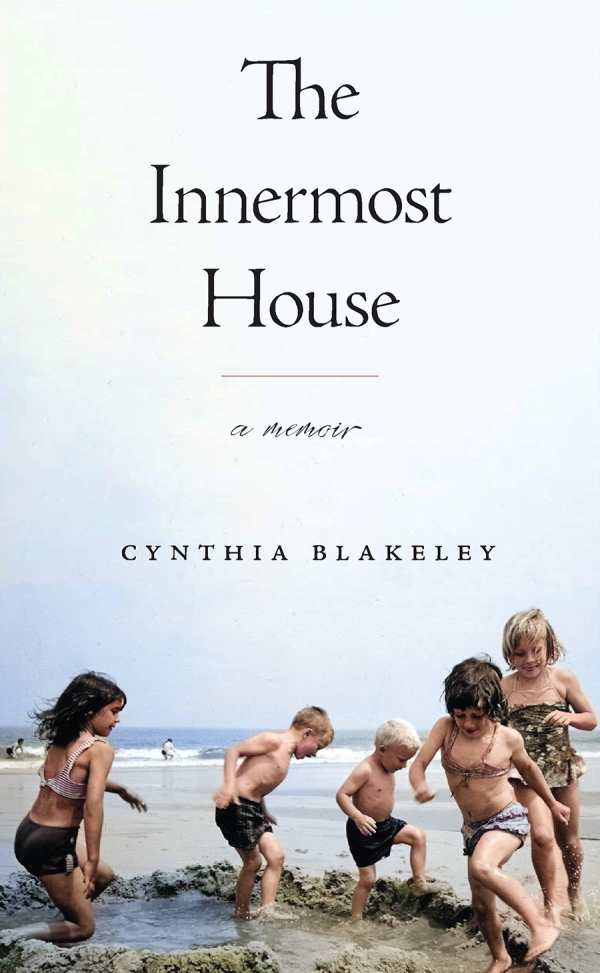The Innermost House
A Memoir
Cynthia Blakeley’s poignant memoir The Innermost House explores her dysfunctional upbringing and family life in working-class Massachusetts.
Born in 1958, Blakeley grew up along the shores of Cape Cod, a longstanding summer tourist attraction marked by changeling winds, star-filled skies, and beckoning ocean waters edged by “bayberry, beach plums, and goldenrod.” But after the annual Labor Day exodus, only the native “Cape Codders” like Blakeley’s family and neighbors remained in the “off-season’s shivery quietude.” They cleaned out rental cottages, grateful for any groceries left behind. Though close-knit, their aspirations and economic realities were often limited.
The book is eloquent on the subjects of remembrance and healing. Beyond its regional revelations are compelling and faceted portraits of Blakeley’s parents, siblings, and other family members, from her grandmother’s “pale Puritan eyes” and thrifty tenacity to her charismatic mother, Shirley, who was the center of her household. Attractive, resourceful, and generous, Shirley turned down a wartime government job to marry her boyfriend in 1946. Yet despite his extramarital philandering and possessive, abusive behavior, her husband later had Shirley arrested and tried for adultery. Struggling with increasing alcoholism and agoraphobia, Shirley nonetheless remarried, divorced, and managed to support her large family.
Blakeley describes herself as a “scrappy” yet “earnest” child who emerged from conflicted sexual molestation encounters and a chaotic home environment into a broader, more cohesive world. Deep considerations of the subjective fluidity of memory include how strong emotional impressions can alter memories, just as time and experience influence the evolution of perspective. Blakeley makes note of the concept of “forgetting,” memory’s “conjoined twin,” showing how the “curation and co-construction of the past” shapes the present and future.
Brimming with personal and historical details, The Innermost House is a distinctive memoir with a keen sense of place and renewal.
Reviewed by
Meg Nola
Disclosure: This article is not an endorsement, but a review. The publisher of this book provided free copies of the book to have their book reviewed by a professional reviewer. No fee was paid by the publisher for this review. Foreword Reviews only recommends books that we love. Foreword Magazine, Inc. is disclosing this in accordance with the Federal Trade Commission’s 16 CFR, Part 255.

